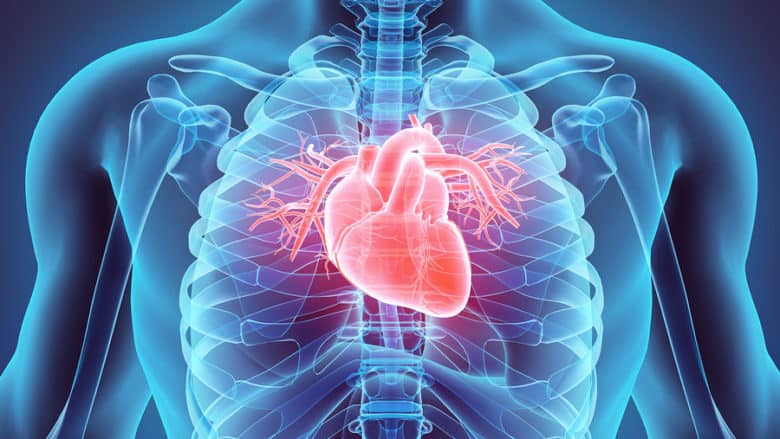
HeartMath was a mystery when I first arrived at their workshop about seven years ago. I wanted to know more about it after hearing it improved heart function, reduced stress, and helped natural healing. During the workshop, we learned how to elicit a positive emotional state by recalling someone or something for which we felt love, gratitude, or appreciation.
- Step 1: Heart Focus
Focus your attention to the area around your heart (the center of your chest). - Step 2: Heart Breathing
Breathe deeply but normally and feel as if your breath is coming in and going out through your heart area. As you inhale, feel as if your breath is flowing in through the heart, and as you exhale, feel it leaving through this area. Breathe slowly and casually, a little deeper than normal.Continue breathing with ease until you find a natural inner rhythm that feels good to you. I felt a wonderful sensation of gratitude, aliveness, energy, and joy when I practiced. It was simple and easy. - Step 3: Heart Feeling
As you maintain your heart focus and heart breathing, activate a positive feeling. Recall a positive feeling, a time when you felt good inside, and try to re-experience the feeling.One of the easiest ways to generate a positive, heart-based feeling is to remember a special place you’ve been to or the love you feel for a close friend or family member or treasured pet. This is the most important step.
Next, we took turns doing the technique while being attached to a specialized monitor that showed waveforms of our heartbeats’ pattern. This allowed us to see physical evidence of the technique’s effect. We could see our heart pattern tracing on the monitor change as we practiced.
As I waited for my turn, a woman in her 30’s was attached to the monitor. Before doing the technique, she said she had frequent episodes of ventricular tachycardia (VT). VT is a heart rhythm problem that can be life threatening. Her doctors had tried all sorts of medical treatments, even surgery, but her VT episodes continued.
While on the monitor, her heart went into the abnormal pattern (VT). It showed a very rapid heart rhythm with spiked peaks. The instructor coached her in the HeartMath technique.
As she practiced, our alarm turned to amazement as her heart rate slowed and the waveform pattern became more ordered and stable.
The instructor called this more ordered and stable waveform “heart coherence.”
The young woman was delighted, saying, “At last, I found something that can help me.”
My own experience was less amazing but still profound. As I practiced the technique, I saw my heart rhythm also become more ordered and stable (coherent). I felt gratitude and experienced a warm peaceful energy in my body.
HeartMath’s over 17 years of research found that different heartbeat patterns accompany different emotional states, which have distinct effects on cognitive (thinking) and emotional function.
During stress and negative emotions, when the heart rhythm pattern is more erratic or incoherent, the signals from the nervous system traveling from the heart to the brain inhibit higher cognitive functions.
This limits the ability to think, reason, remember, learn, and make good decisions. This more incoherent pattern also affects the brain by reinforcing the experience of negative emotions. It perpetuates the negative emotional state.
In contrast, the more coherent pattern of the heart’s messages to the brain during positive emotional states has beneficial effects. It facilitates cognitive function and reinforces positive emotional states and emotional stability.
You can affect your whole body including how you perceive, think, and feel by learning to increase your heart rhythm coherence through sustaining positive emotions!
I continue to use the HeartMath technique with their biofeedback device called emWave Personal Stress Reliever.
When using emWave you place a small clip on your earlobe or finger, which senses your pulse. You do the Quick Coherence Technique, and watch the changing light colors of its display. The Quick Coherence Technique is similar but even easier to do than the one I learned in the workshop.
The changing color of the light provides feedback on how effective you are in accomplishing heart coherence. Over time, you effortlessly learn how to increase the color indicating the most heart coherence.
The computer program included also provides visual images and music to enhance the experience.
You don’t need the emWave to learn the technique, but it does accelerate the speed and effectiveness of learning.
I was inspired to share this story during Heart Month (February) because it’s the month for HEART HEALTH and LOVE. Celebrate your heart, loved ones, and health. Consider strengthening your heart’s coherence with HeartMath.
